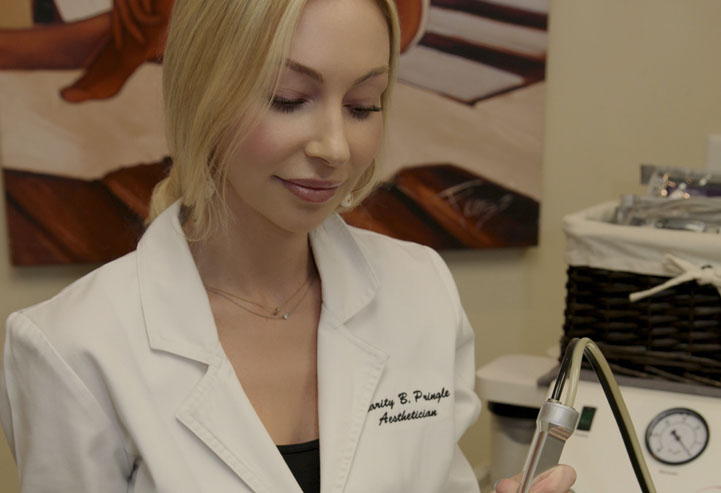Signs & Symptoms of Melanoma
Warning signs and symptoms of melanoma
Why do we care? Because Melanoma is the deadliest of skin cancers.
Who is at risk?
- Everyone is at risk. But your risk increases if you have a close family member with melanoma. 10% of people diagnosed with melanoma have a family history of this disease. If melanoma affects a first degree relative, the risk rises to a 50% greater chance of developing this disease.
- Sun exposure can induce melanoma, as well as other skin cancers. Blistering sunburns in childhood increase the risk of developing melanoma.
- Where you live. People with more sun exposure, like those who live is warm, sunny climates year round, are at increased risk.
- Your skin type. People with fair skin and light eye color, and people with red hair are at increased risk, especially when the person has other high risk traits. A recent study reports that white women who get five or more blistering sunburns between the ages of 15 and 20 have an 80 percent increased risk for melanoma. Sun exposure and the use of tanning beds in childhood and teen years is associated with an increased risk. Parents must pay more attention to protecting their children from early life exposure to reduce the likelihood of a child developing melanoma later in life.
- The more moles you have, the higher the risk.
What to look for
The first sign of melanoma is the development of a new mole or the change in size, color and shape.
The ABC’s of moles- the signs of a suspicious mole:
- Asymmetrical Shape. Normal moles are round or oval, with smooth edges and are smaller than ¼ inch in size. A mole that changes in the shape of a mole from a symmetrical shape to irregular shape is a hallmark of melanoma.
- Melanomas have a notched or ragged border.
- Melanomas have a mix of two or more colors or shades of brown and black.
- Melanomas are larger than most moles. A mole that is larger than a quarter of an inch in diameter suggests melanoma.
- A mole that changes shape, color, and size is more likely to be a melanoma.
If any of these signs appear it is important to see a doctor immediately. Melanomas can occur anywhere on the body. They commonly occur on the back, legs, arms and face. But they can also appear under a finger or toe nail, or eyes.
Symptoms
In addition to changes in any of the ABCDE’s, if you have itching, pain, bleeding, crusty moles, or an enlarged lymph gland near a mole these may be symptoms of a melanoma.
If you have:
- a sore that doesn’t heal
- pigment that spreads from the border of a spot into the surrounding skin
- redness or swelling beyond the borders of a spot
- a change in sensation- itching, tenderness and pain
- a change in the surface of a mole- scaliness, oozing, bleeding, or the appearance of a bump or nodule
Go to a board certified Dermatologist like Dr. Glenn Goldberg and show him your concerns. Finally and importantly, conduct regular skin self-exams, and get a yearly full body cancer screening. The earlier it is detected, the better your chances of effective treatment. It could save your life.





